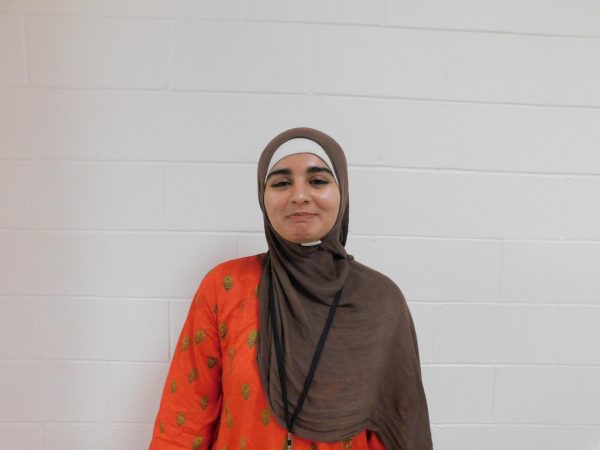Overview & Controversy
Ever since the onset of ChatGPT, an online intelligence tool that helps with complex ideas, and generative AI, more and more schools are incorporating software intelligence in their classrooms. From computing data for a statistics class to writing a sophisticated thesis for literature, artificial tools have made it expedient for students to excel at their studies without obscuring their creativity and knowledge. That’s because intelligence tools such as ChatGPT don’t just give a one-word answer to any question: rather, they break down the problem for the student so they can understand the concept in bits and pieces. This not only helps one digest information faster, but also expands the opportunity for students to think outside the box when dealing with complicated problems. Although the usage of AI has created a positive uproar within the community of its apologists and researchers, many teachers and even students grow concern regarding the code it runs on and how it can be used negatively. Subbaro Kambhampti , a professor at Arizona State University claims that the intelligence used in classrooms today is very different from the ones first introduced to the consumer market back in the early 2010s (Hom, 2023). Kambhampti argues that software now cannot only categorize and label certain ideas, but they can generate new ideas that have many concerns about its reliability. , Alex O’Meara, an english professor at Cochise College has completely prohibited the use of AI tools in his classroom, claiming that since the launch of Chat GPT, he has seen a rise in essay plagiarism.
Differing Opinions
Even though there’s a large pool of teachers that have their own doubts and concerns regarding generative software and its use, many have started to embrace the benefits it has to offer and advocated for its positive use. Nancy Stern, a computer management advisor at the Rust Library in Leesburg, Virginia, says that she’s in favor of AI in the classroom; however, its usage should be monitored by teachers so academic integrity can be sustained at all times. “Chat GPT can be a really good resource for math and science help; my kids have excelled at their AP courses because of it”, says Stern. This testimony shows that there are some educators that don’t shun the use of generative tools, as long as it doesn’t hinder students’ creativity. , Kristin Juarez, another proponent of AI in the education sector, is a psychology professor at Cochise College. According to her, teachers that stop their students from using AI in the classrooms ever equates to telling a student to never use a calculator in their lives (Hom, 2023). This shows that when it comes to the question of whether online intelligence should be used in classrooms, many teachers are split in how it SHOULD be used versus how it’s often abused just to get an A+.
What Do Students Have to Say?
Similar to teachers, when asked about their stance on intelligence software in classrooms, many students tend to lean confidently towards the benefits of AI or completely label it as a catalyst for plagiarism. Daniya Jamal, a freshman at Heritage High School, is a supporter of AI; however, she has some stipulations as to how it should be used:”I think using generative technology and Chat GPT to complete school assignments is fine, as long as students cite the source(s) they used and verify the information the software gave them.” A senior, Angela Esparza, refutes Daniya’s stance and believes that its use should be limited to the individual, and allowing it in classrooms can be a slippery slope, and end up in cheating all across the board. This shows that when it comes to the discussion of AI and its use in academics, many students have a wide range of opinions.
How Can Teachers Bring About an AI Revolution in The Classroom?
According to latest research, as well as the expert opinions of educators, the most efficient method teachers can use in order to maintain a system of checks and balances on their students is to allow them to use software intelligence for assignments while also requiring them to cite sources and provide their own logic behind something. Through this, many teachers believe they can dismantle the stigma surrounding generative tools while also giving their students the healthy exposure and knowledge that comes with AI. Many students nowadays have a growing interest in the fields of computer operations, IT and cybersecurity, which are all in one way or another connected to generative intelligence, and its auxiliaries. Instead of putting a label in front of anything deemed unfamiliar or audacious, school institutions should strive to implement the positive resources AI has to offer students. This can be as little as installing a sensor inside a water fountain that tells you how much plastic waste has been reduced to as pervasive as setting up neuron microscopes in science classrooms. When used for a collective effort and for the better good of society, artificial intelligence can be a wonderful tool for transforming the world of knowledge.
Sources:
“AI in the classroom: does it have a place” by Summer Hom, published to azpm.org
Image from taotesting.com









